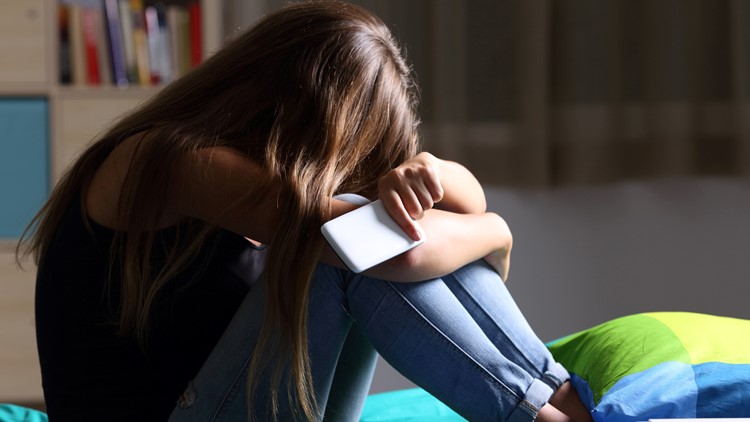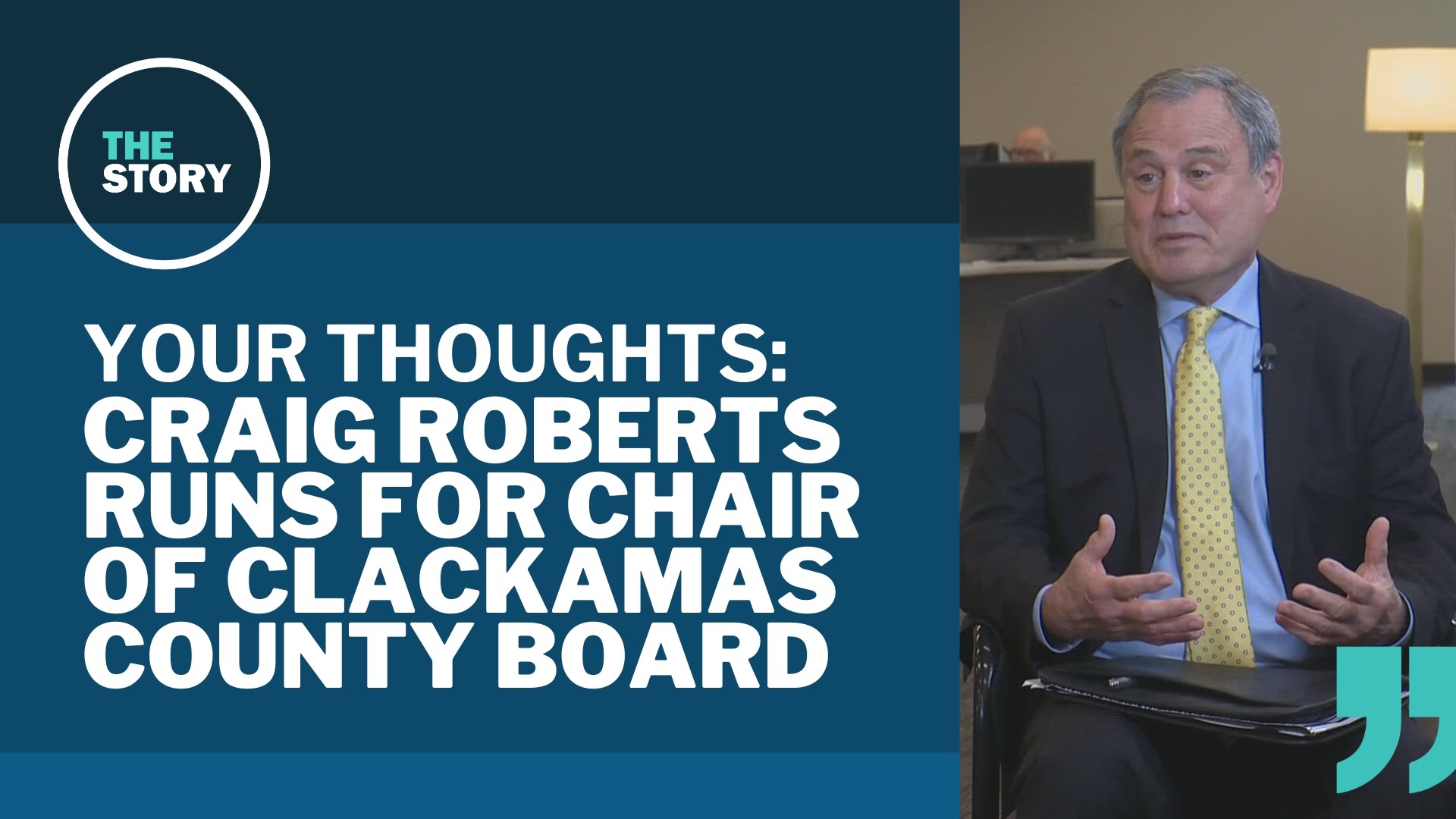Alarming new statistics show that our children are increasingly at risk of suicidal thoughts, attempts and deaths.
A new study led by Vanderbilt University, published last month in the academic journal, Pediatrics, reports a more than doubling from 2008 to 2015 of school-age children and adolescents hospitalized for suicidal thoughts or attempts.
Just more than half were youth between the ages of 15-17, followed by those between the ages of 12-14 (37 percent), and those ranging in ages from 5-11 (nearly 13 percent).
All told, suicide takes more lives of our youth than automobile accidents.
But there’s more. The study also found two-thirds of children hospitalized for thinking about or trying to kill themselves were girls. But as we’ve seen with alarming frequency in national incidents of school gun violence, boys are more likely to die by suicide.
The sad truth: Suicide among our youth ages 10-24 was the second leading cause of death, behind unintentional injuries, in 2015, according to the Centers for Disease Control and Prevention (CDC). The pace has quickened since 2006.
This is a crisis in which adults — parents, family members, medical professionals, school officials, clergy and others — must intervene bravely and immediately.
Why do people take their lives?
In his book, Why People Die by Suicide, Dr. Thomas E. Joiner, a psychology professor at Florida State University, attributes the desire to die by suicide to two things:
- A disconnection from others
- The perception of being a burden, of having more worth dead than alive
Joiner notes that desire alone is not enough. The ability to die must also be present, and a person’s ability is developed over time, usually gradually.
Media consumption has an impact
A 2017 study co-authored by Joiner and published in Clinical Psychological Science investigated increased media use — social media, news on the Internet, computer and video games, etc. — and learned it is a potential contributor to the national jump in suicide rates among adolescents.
School angst
School-year angst also plays a part. The Vanderbilt study found suicidal thoughts and attempts peak in the fall and spring when many teenagers’ performance pressures, college-entrance exams, AP tests, auditions and competitions are off the charts.
The rejection children feel when they are cut from a team or not selected for a school play fires a physical and painful response in the brain, Joiner reported.
Sleep deprivation
Sleep deprivation, especially during the school year, can be a factor because it impacts a child’s judgment and decision making. Substance abuse is a consideration, especially because it fuels impulsiveness, too.
You can make a difference
How to help? From the start, moms and dads must form and foster a sense of worth in their child. One simple, effective way, costs nothing and reaps myriad rewards: Tell your child you love them, every day.
Make sure they know there’s nothing they could do to lose your love, and reinforce it with frequent hugs and words that build up and don’t tear down. Tell your children that you are proud of them. Avoid making them feel like a burden. These simple acts can help mitigate the risks for suicide.
Be present in your child’s life
- Have a conversation with your child about suicide.
- Spend more time with them, going on walks and even running errands for 30 minutes three times a week.
- Give your children tasks around the home and tell them how valuable their help is.
- Limit screen time and communicate those expectations in advance, issuing a reminder beforehand to avoid meltdowns.
- Monitor their social media every day. You probably bought the phone. You can look at it.
- Designate a central charging station in your home and insist your children surrender and plug-in their devices well before bedtime. (And practice what you preach to them.)
Watch for these signals
Children don’t decide overnight to attempt suicide, rather, their thoughts and plans build. Watch for these signals your child may be approaching distress:
- Noticeable changes in attitudes and behavior. Does your normally emotional child seem lethargic? Is your calm kid increasingly agitated? Is your child giving away his possessions?
- Isolation. Does your child spend more time in their room alone and away from family and friends?
- Physical complaints. Does your child have increased headaches, stomachaches or other pains?
- Change in daily routine. Is your child missing school? Do they have slipping grades or a sudden disinterest in extracurricular activities? How’s their appetite?
- Overt verbal clues, or a preoccupation with death and dying. Is your child making threats or frequent mentions of death in person or on social media? Do they say they wishes they didn’t exist or that the world would be a better place without them?
Take action in crisis
If your child is in crisis, face the situation head-on:
- Talk about suicide. As parents, we often are afraid to ask, fearing it will perpetuate the thought. It won’t. Ask directly “Do you want to kill yourself?” Ask what makes them want to die. Ask them to think about what they have to live for (a special pet, friend, relative).
- Remove access to means. This includes guns, knives, ropes and belts, prescription drugs and over-the-counter medication.
- Seek professional help and evaluation. If you have private insurance, obtain a list of credentialed counselors in your area and call for an appointment.
- It’s an emergency. Know that the Crisis Response Network is available 24/7 and can immediately dispatch a mobile unit to help. If you think your child has overdosed call 911 or take them to the nearest emergency department.
More help:
- Teen Lifeline, 602-248-8336 (TEEN) or 1-800-248-8336 (TEEN)
- National Suicide Prevention Lifeline, 1-800-273-8255
- Suicide Resource Center (American Academy of Child & Adolescent Psychiatry)
- Terros Health, www.terroshealth.org
Larry Villano is a licensed professional counselor, a licensed independent substance abuse counselor, and the Chief Clinical Officer/Chief Population Health Officer at Terros Health, a healthcare company that specializes in combining behavioral healthcare with primary healthcare.



